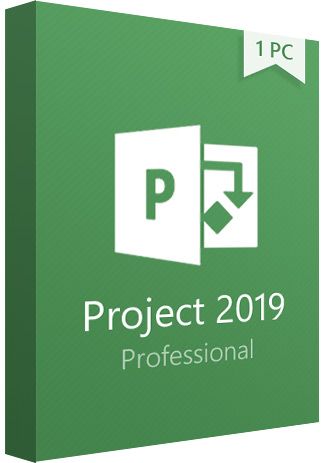
Check the box for Use a value from the table as a default entry for the field, as shown in the “Edit Lookup Table for State” dialog.To mark a particular choice as the Default value, you follow this sequence:


#Microsoft project professional 2016 agile free#
Here are some examples, but feel free to add you own as necessary for your particular operation. Most scrum or agile schedules have pivotal fields to help the teams track, manage and report work. This screenshot is an example of an agile Project Template that we use all the time. You have to create the layout for those elements that you want to track - that is, custom fields that address the story point, priority, iteration, sprint and the like. Tracking meaningful parts of your schedule is a basic element of an agile project.
#Microsoft project professional 2016 agile how to#
Click here to watch a demonstration on how to build and leverage an agile schedule. TIP! If you like watching videos, I encourage you to subscribe to my company’s YouTube channel for topics like this one. Let’s review the steps to help you have a good agile Project schedule and leverage the working elements of this. So considering Project as a database, you can apply this mindset and approach the building of database elements into your schedule in a way that helps you to manage in an agile view and switch back to waterfall, including the elements necessary for filtering, grouping, sorting and reporting.īuilding Agile Views, Tables, Custom Fields, Filters and Groups If you look under the hood of other agile tracking and planning tools, you’ll find that every one of them is a database or contains a table structure. It’s a database that you can configure to be either or both.

Thus, it’s neither a waterfall tool nor an agile tool. The key to success is to remember that Project is a relational database. Now that you have the basics about what agile development entails, let’s look at how to build an agile project using the Microsoft Project suite (Project Professional, Project Server and Project Online).


 0 kommentar(er)
0 kommentar(er)
